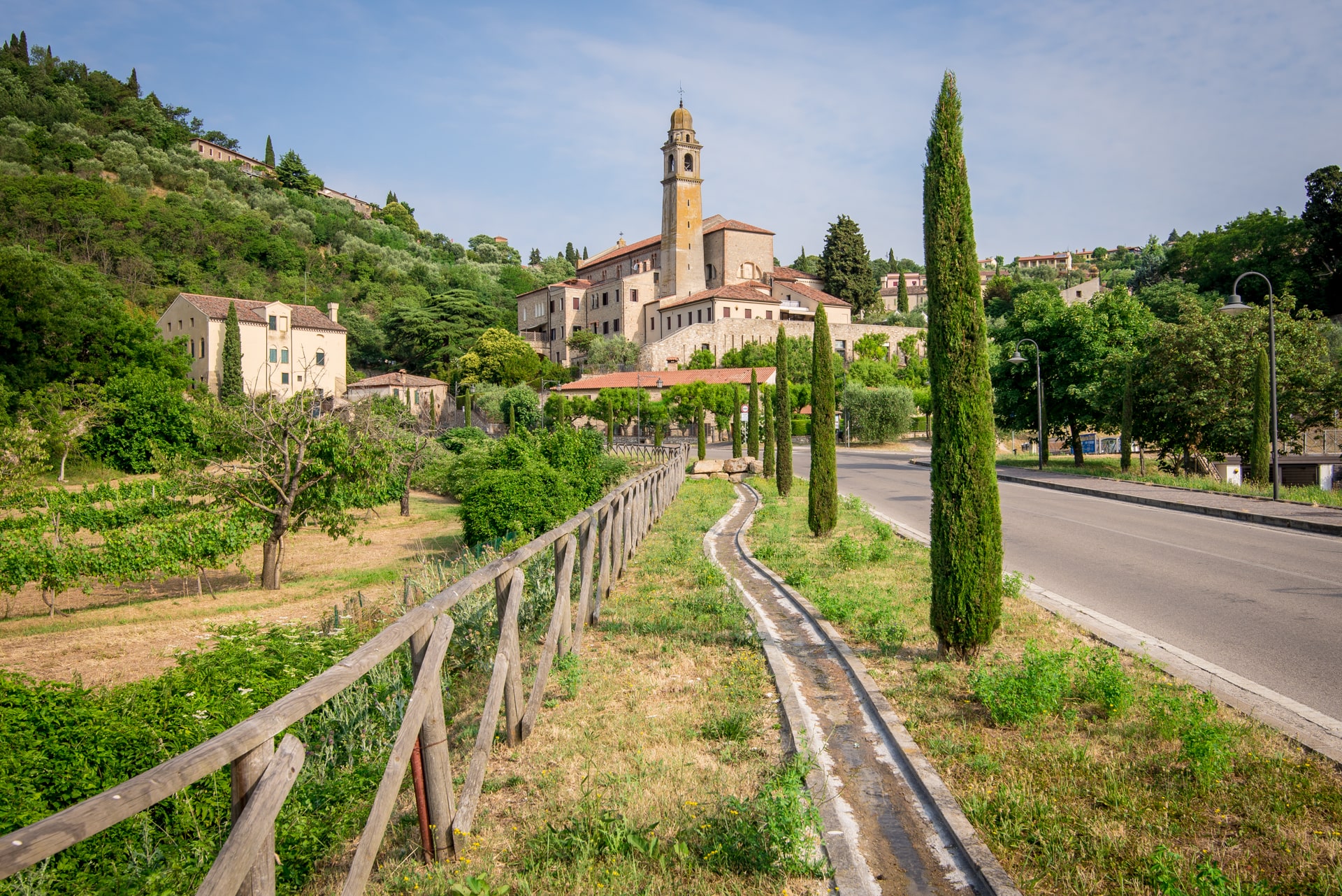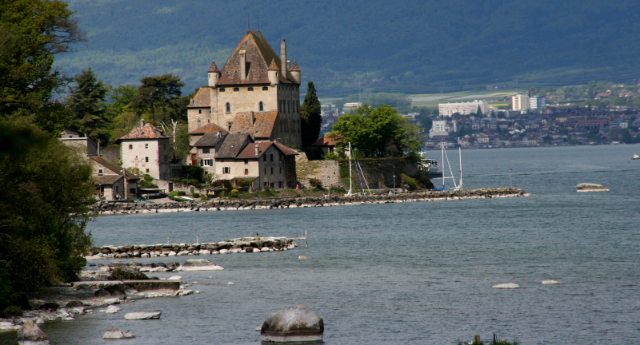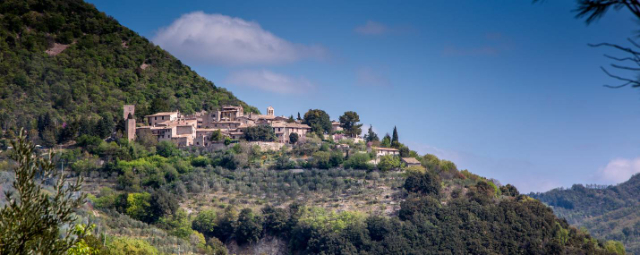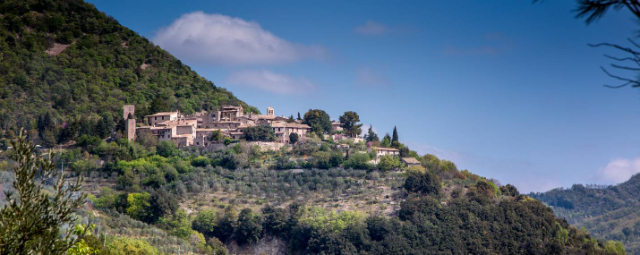Arquà Petrarca is an Italian town of 1 833 inhabitants in the province of Padua in Veneto, located at the foot of Mount Piccolo and Mount Ventolone.
Time seems to stand still in Arquà Petrarca, the center of the Euganean Hills that, more than any other, maintains the ancient charm of medieval villages.Arquà Petrarca owes its name to Arquata montium, which means "Cloister of the Mountains" and to the poet Francesco Petrarca who spent the last years of his life there.
You have to know that Arquà Petrarca was placed second in the special ranking of Kilimangiaro, a well-known Rai transmission, among the "most beautiful villages in Italy".its origins are very ancient, in fact near the Costa Lake was found a prehistoric pile-dwelling station dating back to the Bronze Age.the beauty and suggestion of its historic center still extraordinarily intact, have made possible its inclusion among the "most beautiful villages in Italy". The attention to the promotion of local products such as the excellent olive oil has also allowed it to join the National Association of Oil Cities and to become a prestigious destination for high quality food and wine tourism.
In Arquà Petrarca, the famous writer and poet, as already mentioned, spent the last years of his life. Today, his house is the main attraction for visitors to the village. Dating back to the sixteenth century and renovated by Petrarch himself from 1369 – when it was donated to him by the Lord of Padua Francesco il Vecchio da Carrara -, in the sixteenth century it passed into the hands of the Paduan nobleman Pietro Paolo Valdezocco, who had the loggia built in Renaissance style and the external staircase, and who had the walls painted with tempera depicting scenes inspired by the Canzoniere, the Trionfi and Africa. Today, it is possible to visit the studiolo in which the poet died, with its original chair and bookcase. And even the cat that belonged to Petrarch, mummified and preserved in a niche.
But, in Arquà Petrarca, there is (also) much more to see. Although every monument preserves the memory of Petrarch: the SS Trinità Oratory with the church where he went to pray, and where today you can admire the 17th century wooden altar with the altarpiece by Palma il Giovane depicting the Trinity and the leather frontal, depicting the Risen Christ, as well as two valuable works (the painting by Giovanni Battista Pellizzari and a large canvas from 1670, depicting the "City of Padua in the act of paying homage to a martyred bishop"); the Loggia dei Vicari, where meetings were held and problems were discussed between the heads of families and the Vicars. And then the Fountain of Petrarch and his tomb, a red Verona marble ark that – tracing the forms of Roman sarcophagi – contains the poet’s remains.












